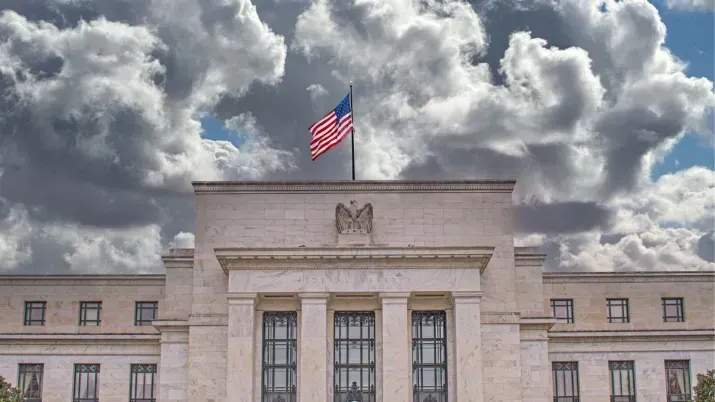Should bond markets fear an AI bubble?
TwentyFour
There is an emerging sense of unease in the markets around the scale and productivity of corporate investments in AI. As fixed income investors, not equity or tech managers, we will not aim to assess the longevity or possible applications of these nascent technologies, and nor should we opine on when or by how much equity markets might go up or down. But when a party gets too loud, it can become a problem for the neighbours.
In that context, talk of a “bubble” in AI deserves the attention of fixed income investors given the vast sums of money have been channelled into the space. The term “bubble” is not a scientific truth that can be defined objectively. Our definition, which is as good as anyone’s, is a scenario where the prices of certain assets depart from their fundamentals due to an excessive weight being assigned to extremely optimistic outcomes.
A couple of things are important to note. First, assessing a bubble is more to do with the valuations than the assets. The assets might end up being profitable and widely used in the global economy, but if the price paid for them is excessive, this can lead to poor returns on invested capital. Second, the value of a financial asset is nothing more than the sum of its future expected cashflows discounted to today at an appropriate rate. Those estimated cashflows are, in theory, an average of different scenarios weighted by their probabilities. If the best-case scenario gets assigned a probability that is too high, then the valuation might be overstated despite such a scenario being a plausible one.
Another important factor is how buyers are funding their assets. Going back to the point regarding poor returns on invested capital, if those returns are meant to be used exclusively to fund shareholder dividends, then the timeframe for achieving those returns might be extended (provided shareholders have the patience). If there are lenders involved, however, the situation is quite different. We as bondholders and other lenders such as banks are not flexible at all with our investments. So, if the returns on invested capital are not enough to service debt, then shareholders might lose their invested capital as lenders seize assets to try and recoup the monies lent. How much leverage is too much is an open question, but what we have witnessed is an increase in debt being raised to fund these investments. We have also noted new avenues to raise debt, such as special purpose vehicles (SPVs), sometimes partly owned by tech companies, which own certain assets relevant for them and then lease these assets for the tech companies to use. To fund part of their investment in the assets, these SPVs can issue debt, but this would not show up on tech companies’ balance sheets.
As 2026 looms, we have begun putting together lists of things that can go well and those that can go wrong next year. One item on the latter is a correction in equity markets led by fears of some AI investments not delivering the cashflows that equity and increasingly debt investors are expecting. The repercussions of a correction in equity markets due to this could be severe in theory, but at this stage, while some contagion would be inevitable, we think the impact on credit spreads should be contained. Companies in our fixed income investment universe with direct exposure to AI are generally very large investment grade issuers, with exposure among high yield issuers being quite limited. The impact on the real economy of AI investments slowing down a bit is difficult to estimate, but we also tend to think would not be too severe. Sentiment would certainly be squeezed, but for all the massive numbers in the press about AI investments, it is worth noting that the deals being announced are typically multi-year contracts and the Investment component of US GDP is about $6.3tr per year; Goldman Sachs estimated last September that in the official GDP data, AI has boosted US real GDP by just 0.2%.
A correction in valuations would be far from unexpected after the price action we’ve witnessed in the last few quarters in the tech sector. Given the direct exposure in traditional credit markets appears to be low and the impact on GDP is also not very large, we tend to think that if there is a sell-off which bleeds into credit, that might be a nice buying opportunity. Given valuations in government bonds incorporate several rate cuts already, it seems that a rally in rates in this scenario might be limited, but of course, safe havens usually benefit when risk assets are sold. Time will tell whether this scenario materialises, but predictions of a correction are increasing, and the “greed vs. fear” index is edging further into fear territory.




